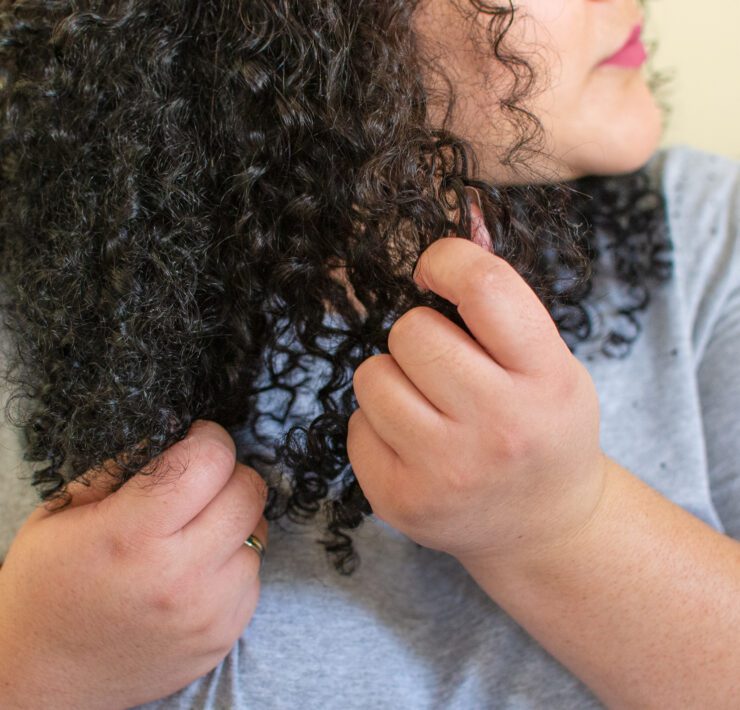
Hair loss is a problem that has affected men and women for generations. The most common type of hair loss in men is male pattern baldness or androgenetic alopecia. For women suffering from genetic hair loss (“female pattern hair loss”), a thinning effect is more spread out throughout the scalp and is more common after menopause.
Hair loss can be temporary self-correcting diffuse hair loss or permanent until the cause is corrected.
The most common reasons for temporary hair loss in men and women appear to be related to:
- Hormonal changes and imbalances (pregnancy and menopause)
- Severe illnesses
- Hair or scalp trauma
- Hereditary reasons
- Severe stress
- Operations
- Weight loss
- Post partum
The most common reasons for permanent hair loss in men and women are:
- Hormonal changes and imbalances (puberty, pregnancy, menopause)
- Thyroid disorders and thyroid medications
- Chronic illness
- Low ferritin levels (less than 70 ug/L)
- Severe stress
- Nutritional or dietary deficiencies
- Certain medications
- Radiation
- Hypoglycemia
Hair growth can be categorized into 3 phases: anagen, catagen, and telogen. At any one time, about 85% of our hair is in the anagen, or growth phase, which lasts anywhere about four years. The catagen, or transition phase, typically lasts 1 week, during which the hair follicle shrinks. During the telogen cycle, which lasts around three months, the hair falls out.
If a woman complains of hair shedding, it is important to quantify how much hair is lost. Typically, 50-100 hair strands shed per day are considered normal. It is also important to evaluate whether the hair has been actively shedding or is just slowly lost over time. Evaluating whether hair loss is from the roots versus actually breaking is also important.
Medical Treatments
There are two FDA-approved medical treatments for hair loss in men: topical minoxidil and oral finasteride.
For women, the only FDA-approved therapy is topical minoxidil. For thinning strands ask your doctor about Women’s Rogaine 5% Minoxidil Topical Aerosol Hair Regrowth Treatment.
Off-label medications often used for hair loss in women include cyproterone acetate, aldactone/spironolactone, dutasteride, finasteride, phytoestrogens, platelet-rich-plasma, L-tyrosine, and Yasmin. Laser therapy can also be beneficial.
Herbal Remedies
Herbal/natural remedies such as saw palmetto, collagen, biotin, melatonin, etc., are also popular amongst users. Many of these remedies have not been evaluated in clinical studies and may, or may not, be beneficial. It is best to consult with a medical professional before embarking on self-treatment.
For some popular hair growth products in the curly hair community, go to SHOP for a FREE mini-guide.
Scientific Resources We Found Useful:
1. Bandaranayake, Ilian, and Paradi Mirmirani, “Hair loss remedies-separating fact from fiction,” CUTIS-NEW YORK- 73.2 (2004): 107-114.
2. Harfmann, Katya L., and Mark A. Bechtel, “Hair loss in women,” Clinical Obstetrics and Gynecology 58.1 (2015): 185-199.
3. Lam, Samuel M, ”Hair Loss and Hair Restoration in Women,” Facial Plastic Surgery Clinics 28.2 (2020): 205-223.
4. Lin, Richard L., et al., “Systemic causes of hair loss,” Annals of medicine 48.6 (2016): 393-402.
5. Lourith, Nattaya, and Mayuree Kanlayavattanakul. Journal of cosmetic dermatology 12.3 (2013): 210-222. Hair loss and herbs for treatment.
5. Phillips, T. Grant, W. Paul Slomiany, and Robert Allison, Hair loss: common causes and treatment, American family physician 96.6 (2017): 371-378
6. Rushton, D. H., et al. International journal of cosmetic science 24.1 (2002): 17-23 Causes of hair loss and the developments in hair rejuvenation.
7. Wolff, Hans, Tobias W. Fischer, and Ulrike Blume-Peytavi. Deutsches Ärzteblatt International 113.21 (2016): 377. The diagnosis and treatment of hair and scalp diseases.
8. Hydrogen peroxide and monoethanolamine are the key causative ingredients for hair dye-induced dermatitis and hair loss. Seo, Jung-A., et al. Journal of dermatological science 66.1 (2012): 12-19.






